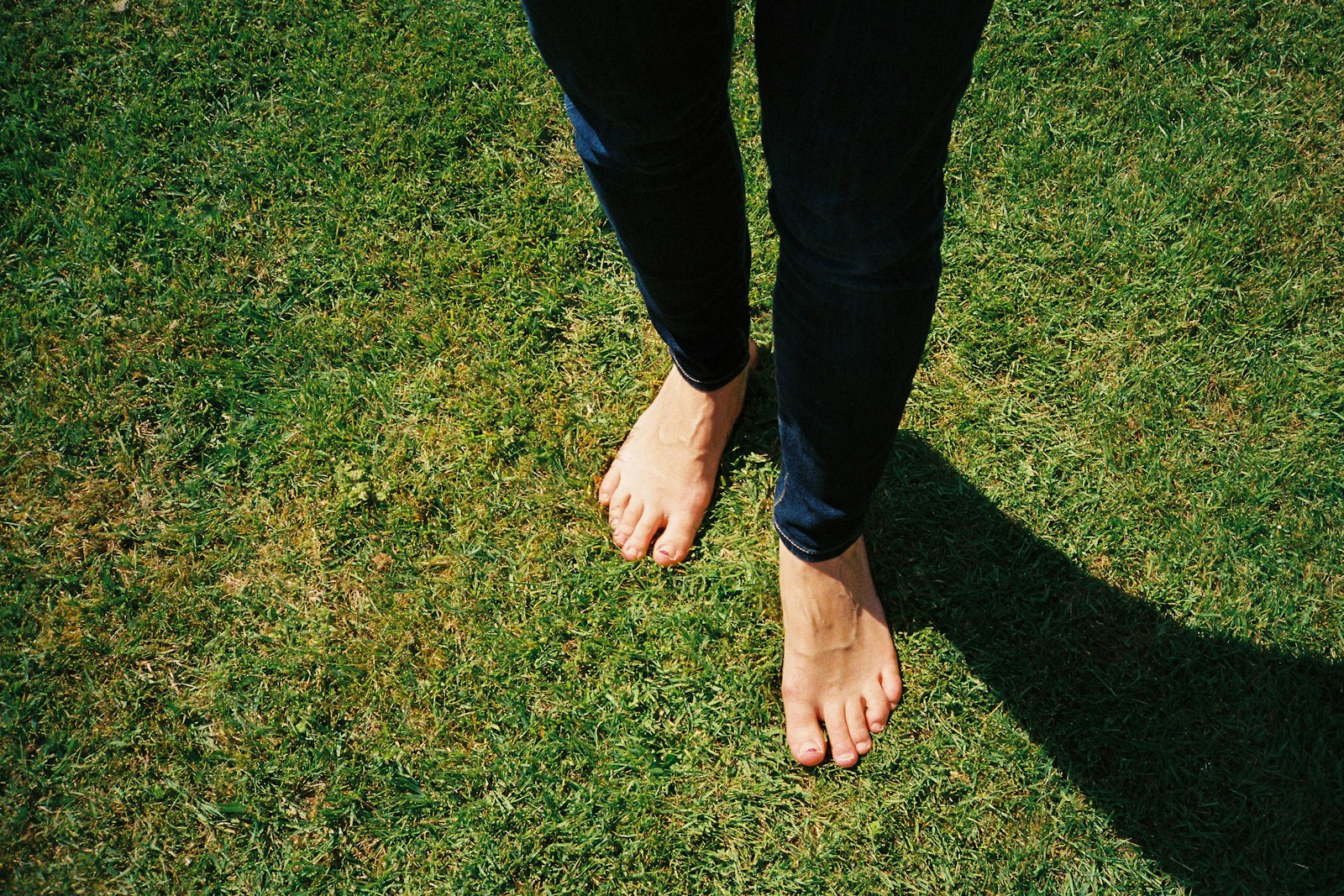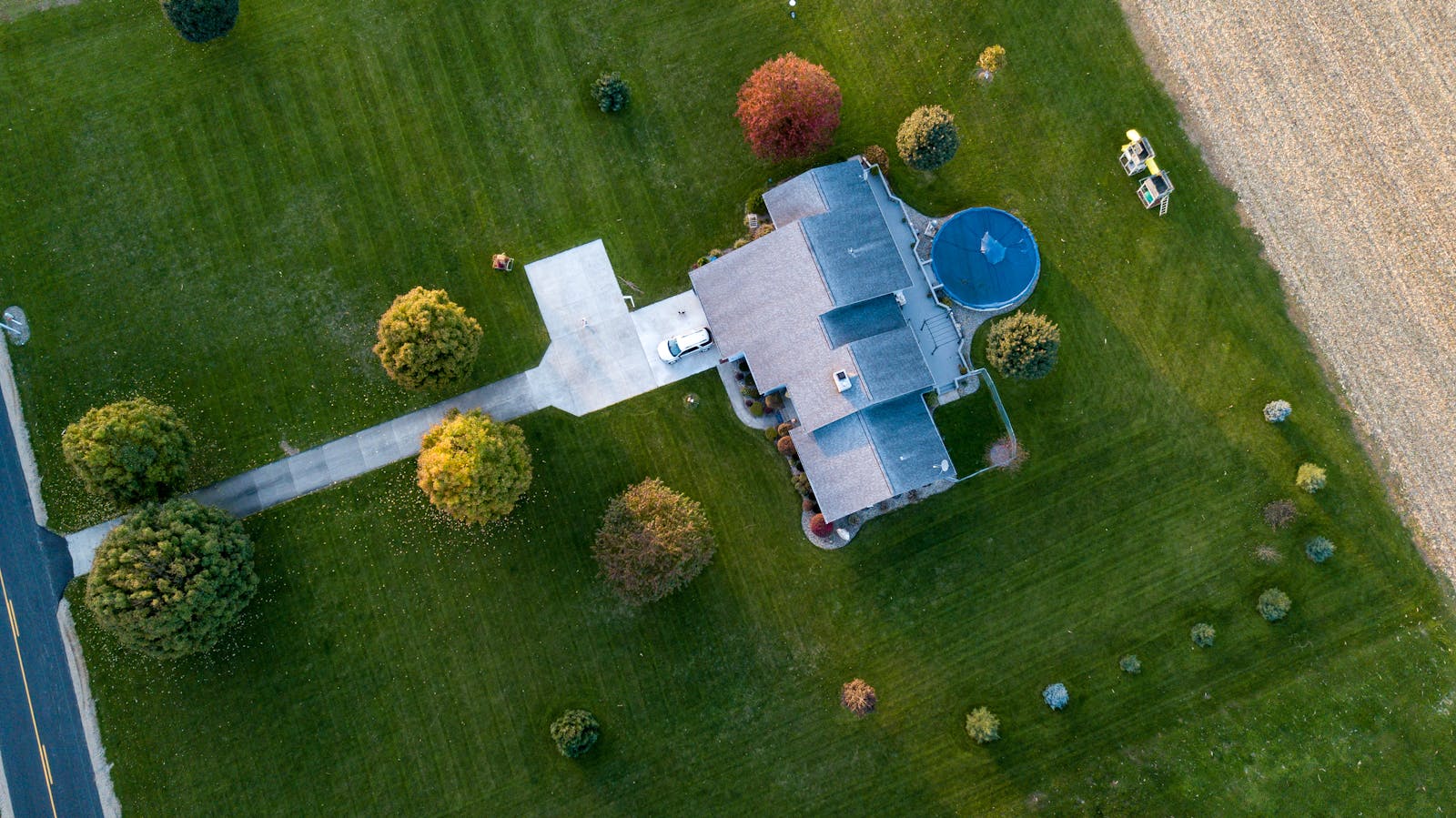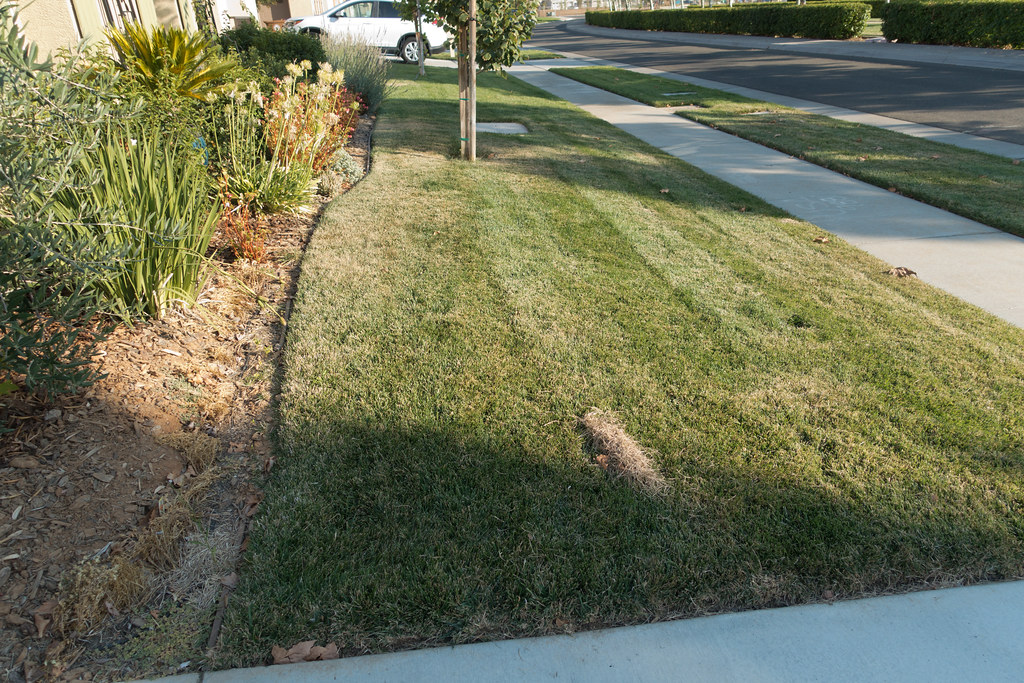Dear Spade,
My yard is full of heavy, sticky clay soil, and it’s making gardening a nightmare. Everything I plant either drowns or turns into a wilted mess. What can I do to fix it?
— Stuck in the Mud in Missouri
Dear Stuck,
Ah, clay soil—the gift that keeps on giving. It holds water like a sponge, turns to concrete in the summer, and sticks to your boots like a bad houseguest who doesn’t know when to leave. But before you start dreaming about moving somewhere with sandy loam, take heart—clay soil can be improved. You just need the right approach and a bit of patience (okay, a lot of patience).
Here’s how to whip that sticky mess into shape:
1. Add Organic Matter—A Lot of It
Clay soil is dense, which means it needs lightening up. The best way to do that? Pile on organic matter like compost, aged manure, shredded leaves, or well-rotted bark. Work it into the top 6-8 inches of soil, and over time, it’ll break up those stubborn clay particles, improve drainage, and create a looser, friendlier soil structure. And no, dumping in a single bag of compost isn’t enough—you’ll need to make this a regular habit. Think of it as feeding your soil a balanced diet.
2. Avoid the Temptation to Till
You might think tilling is the answer, but overworking clay soil just makes things worse. When it’s wet, tilling turns it into a clumpy mess; when it’s dry, it becomes a dust bowl. Instead, focus on gently mixing in organic matter with a garden fork and letting nature do its thing.
3. Consider Cover Crops
Cover crops aren’t just for farmers. Planting things like clover, rye, or vetch in the off-season helps loosen up heavy clay while adding nutrients back into the soil. Once they’re grown, simply cut them down and turn them into the soil—free fertilizer and better structure all in one.
4. Add Gypsum (Maybe)
You’ve probably heard that gypsum is the magic bullet for clay soil. Well, it can help break up clay in some cases, but it’s not a miracle cure. It works best if your soil has a high sodium content (which you can confirm with a soil test). Otherwise, stick with good old compost—it’s cheaper and works better over time.
5. Mulch Like Your Garden Depends on It (Because It Does)
A thick layer of mulch—wood chips, straw, or shredded leaves—helps regulate moisture, prevent compaction, and keep weeds in check. Plus, as it breaks down, it adds more organic matter to your soil. Just don’t pile it up like you’re tucking your plants in for hibernation; a few inches will do the trick.
6. Don’t Walk All Over It
Clay soil compacts easily, and once it’s compacted, it’s like trying to dig in pavement. Create designated pathways in your garden and stay off the planting areas as much as possible. Your plants will thank you.
7. Be Patient
Improving clay soil isn’t a weekend project—it’s an ongoing process. Keep adding organic matter year after year, and eventually, you’ll have rich, workable soil that your plants (and your back) will love.
So roll up your sleeves, grab some compost, and start chipping away at that clay. In time, you’ll have soil that’s less like modeling clay and more like a gardener’s dream.
Good luck!
-Spade



